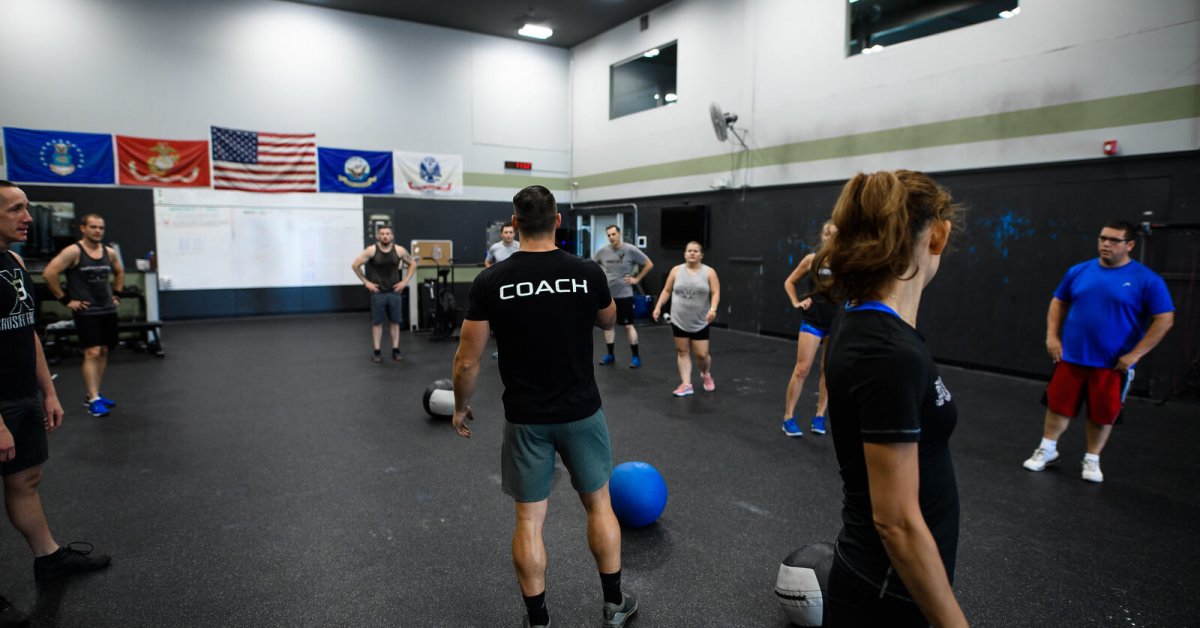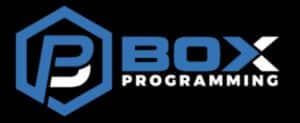Over the last 6 years, we’ve written programming for more than 300 CrossFit gyms, in 15 countries and currently have more than 30,000 regular people using our workouts on a daily basis. With all of the data points we’ve collected, most of our original principles that started our group programming remain intact.
For instance, using a set template where the Conjugate Method cements many of these proven principles, but outside of the core principles things, like refining our lesson plans and finding a balance between classic CrossFit and strength & conditioning have been a key focus throughout the last 6 years.
Here are the cornerstone pieces of the group programming puzzle that need to be considered if you’re going to keep clients for more than a few years:
- Schedules: Most of your clients will have different schedules and availability. As such, the programming must follow some structure and assume your clients will attend your classes multiple times a week.
- Training age: This is going to vary across the board, but we need to be able to satisfy a broad range of abilities in one setting.
- Goals: Most of your clients will be drawn to your program initially to look better, so prioritizing single-joint work will allow for improvements in body-composition and imbalance – we believe in programming for the rest, scaling for the best
- Greater Good: We can’t base our programming on a group of clients, so greater good for the greatest number must be considered.
- Consistency: Offering a consistent template allows athletes to narrow down which days of programming most closely satisfy their goals, but overall a consistent plan allows us to track real progress and eliminate chances of burnout.
- Inherent Levels of Stress: It’s no mystery we live in a world where people are chronically stressed out, have poor diets, and poor sleep patterns. If you’re running your clients into the ground with high-intensity work on the regular, they’ll invariably overtrain.
- New Clients: Most boxes have new clients all the time so programming linear based progressions do not make sense as this can be confusing to your new clients and create more stress in an already stressful environment.
All of these things considered, using a system of concurrent fitness like the Conjugate Method with balanced energy systems work allows a balanced attack that works with athletes of all abilities.
You’d be hard-pressed to find such a versatile way of training that encompasses the needs of beginner and advanced folks all in the same setting. Before we get into the actual system, let’s talk about the most important aspect of our programming.
CrossFit, but smarter
So how do we ensure our clients are getting what they need while avoiding things like overtraining and overuse injury? Consistency with a template that allows for a concurrent style of training, built-in recovery, and addressing what all athletes need: a base of fitness via GPP work – we’ll get to this in a minute. These are some of the principles that make up our belief that CrossFit must be done smarter in order to be sustainable. For more on this, check this article out here.
These are principles that are consistent across the board whether your facility is in Texas or in Ireland. At the end of the day, people are people, so thinking only you can “really know your clients” is just not true and is a common misconception among box owners. For more information on this click here.
The biggest aspect of this template and system of training is recovery. As previously stated, your clients are likely under-recovered already and should NOT be prescribed high threshold work more than a few times a week.
Furthermore, we now know that simply training harder and more frequently does not guarantee results, and can actually have the opposite of the desired effect. Training smarter, not harder, is vital to the success of your athletes and the health of your business.
This, of course, is one of the biggest challenges coaches face: educating their clients that they do not need to be lying dead on the floor after each workout. Luckily for us coaches, there is a plethora of information at our fingertips to help build our cases.
Moreover, we can simply prove to our clients how they feel, look, and perform by retesting strength and conditioning pieces on our 12-16 week timeline. Overall, though, you’ll need to remind your clients of the importance of being patient. At the end of the day, results (combined with how your clients feel) do not lie. Let the proof be in the pudding.
Let’s take a look at a sample template that we use with our clients all over the world. Keep in mind the conditioning methods will vary and are not limited to what is listed. This is simply an example.
Monday
• Max/Submax/Repetition Effort Squat Variation
• Upper Body Focused Conditioning
• Accessory Work
• Recovery Measures
Tuesday
• Strongman Work/Rest Conditioning
• Skill/Active Mobility Work
• Accessory Work
• Recovery Measures
Wednesday
• Max/Submax/Repetition/Dynamic Effort Upper Body Movement
• Lower Body Focused Conditioning
• Accessory Work
• Recovery Measures
Thursday
• Recovery Zone 2 Conditioning
• Skill/Active Mobility Work
• Accessory Work
• Recovery Measures
Friday
• Max/Submax/Repetition/Dynamic Effort Hinge Variation
• Upper Body Focused Conditioning
• Accessory Work
• Recovery Measures
Saturday
• Partner or Team Conditioning. Energy System varies based on intensity load from each microcycle.
Sunday
• Repetition Effort Full Body Strength or Skill Work
• Full Body Conditioning
• Accessory Work
• Recovery Measures
There are a few things to keep in mind regarding our energy systems’ work:
- Higher threshold pieces follow the same logic as we do with separating “extreme workouts.” There are 72 hours of recovery between these sessions (Monday/Thursday and Tuesday/Friday).
- The energy system utilized is dependent on the athlete’s training age, but more times than not we can facilitate the demand we are looking for by offering a wide range of scaling options.
- Work-to-rest conditioning pieces are commonplace in my programming. You cannot feasibly improve if you don’t have built-in rest on the regular.
- Classic CrossFit benchmarks do fit into this template and are strategically placed within the programming.
- Retesting with both strength and conditioning pieces is done on a 12-16 week basis.
- This template contains equal parts of strength and conditioning so there is less concern about what days your clients decide to train as long as they are smart and listen to their bodies.
Where does classic CrossFit fit into our plan? Very nicely as we’ve aligned our plan in a way that these workouts can be plugged in cohesively. Most importantly, we will be spending a fair amount of time building our clients’ bases on a regular basis so that when we do perform higher-skill/higher-threshold work they are going to be more capable and safer (think to be able to perform a strict pull-up before a kipping pull-up.)
BP Misconceptions and specialty equipment
Using the Conjugate Method as the base of our program does not mean that in order to be successful we need specialty equipment like accommodating resistance, specialty bars, and sleds.
Of course, if you do have access to this equipment we can certainly utilize and provide options for those that do.
GPP – Assistance Exercises, Loaded Carries, and Sledwork
The term “GPP” (general physical preparedness) gets thrown around in CrossFit quite a bit – many coaches claim that the goal of their program is to develop GPP yet many of these same coaches don’t use measures that actually develop it.
In reality, more programs contain more “SPP” (specific physical preparedness) than they do GPP. And throwing heavy deadlifts into a WOD for your clients who are already lacking in the strength department won’t develop GPP either and will likely get your clients hurt. This was touched on in-depth here.
In layman’s terms, we are talking about building your clients’ foundation. This is something that should take precedence in group programming – if your client cannot pull a sled or carry two heavy kettlebells without having to rest excessively between sets then higher-skill work when fatigued isn’t going to serve them well.
The Russians had a general plan for all of their athletes which was called the “rule of three.” This occurred in the early stages of training BEFORE specialization took place for THREE YEARS! Why is this relevant to you and your group programming (GP) clients? If the Russians were smart enough to build their athletes’ foundations first, then maybe this is something you should consider.
In a group setting, there are many challenges though like new clients entering on the regular – this means building GPP must be a consistent process done frequently and not just once in a while. More importantly, if we actually consider the goals of those that attend a group CrossFit class it involves modest goals such as: look better, feel better, get stronger, have fun – all of which can be addressed with GPP measures.
This article is meant to inform you about the methods we use a few of which we’ve borrowed from Louie Simmons. Here’s what you need to know:
- Sledwork: This probably does not come as shock to many of you, but actually the most important aspect of using the sled in GP involves it’s low-skill nature – just about anyone that walks through your doors can perform this work. Obviously, for safety reasons this is important, but psychologically it’s incredibly important to subject newer clients to measures that won’t leave them feeling “defeated” and sore for days on end. Moreover, the sled can be used for strength, conditioning and recovery measures. How many other tools can make that claim!? In particular, we use the sled for strength work powerwalking for shorter sets of 60 yards and aerobic work for longer sets of up to a mile. The sled can train oxidative fibers as well as higher-threshold fibers. Because there is zero axial loading this work is easy to recover from and can bridge the gap between higher-intensity sessions.
- Band-work: Like sledwork, there is little skill needed to perform a pull-apart or a pushdown. Band work can improve the quality of soft-tissue, strengthen lagging muscle-groups, and when tension is higher build lean muscle mass. Additionally, we can use band work for both warm-up and finisher work and accumulate high-volumes of work fast! Most of your clients want to perform pull-ups. The first place to start is increasing the upper-back volume and band variations are a great way to do that without risking injury.
- Hypertrophy Work: This can be done with both dumbells, kettlebells, and barbells. The goal is to improve lagging muscle groups and build lean muscle which correlates with improved motor firing and the muscle’s ability to generate force. This is a staple in our group program design and is prescribed almost daily. For more on this check this article out here.
- Aerobic Work: Another staple that must be done at least twice a week in group programming to help improve the cardiovascular network which helps improve a number of important aspects of your clients’ health and wellness. Good news, if you’re performing longer sledpulls (30 minutes or more) then you’re already training the aerobic system and cardiac output. A high percentage of your clients have shitty resting heart-rates which has a host of other ill-effects. Regularly scheduled aerobic work is the easiest work to include and perform – the challenge is that many of your folks will not believe in its efficacy because it’s “easy” to perform. In this case, it’s best to use actual studies such as this Scandavanian study found here to prove that you’re not just bs’ing them.
- Recovery measures: While two of the measures we use to drive rest and recovery via the parasympathetic nervous system aren’t necessarily “GPP Measures” they lend themselves to the big bigger of being able to stay away from overtraining by telling the body to start recovering before your folks like the gym. The two measures we’ve used with great success are parasympathetic breathing drills and flow-based static stretching.
- Loaded Carries: The intent is similar to that of sledwork – strength and aerobic adaptations, but the major differentiator is the ability to improve core control, posture and grip. Again, applicable to all levels and you don’t need to be an ex-college athlete to perform them. The number of variations is almost endless as well.
- Less traditional measures: In the future, I believe more of my clients will have access to things like wheelbarrows and heavy sandbags, but until then we’ll make do with what we have. The wheelbarrow is quite possibly the most versatile conditioning tool I’ve ever used and something I use in my own programming weekly- it’s like combining a sledpull and a loaded carry. More importantly, things like wheelbarrows and heavy sandbags allow us to keep things interesting and challenge people in a new way.
All of these measures will without question build your client’s foundation. And I’d argue that these measures will address your clients’ goals more effectively than any other modalities.
What’s even better is that this work will keep your clients in the game for the long term; people getting injured and overtrained is a huge problem at CrossFit boxes that can be mitigated simply by including the listed work routinely.
The Overall Goal
- Prioritize recovery (high intensity vs. low intensity)
- Improve limitations (both muscular & hormonal)
- Improve body-composition (unilateral vs. bilateral)
- Improve strength, conditioning, and track progress (structured into the plan every 12-16 weeks)
- Longevity (the ability to stay engaged in the process and physically fresh)
The best part of this template is that we are setting up our clients for longevity. Improving body composition, strength, and conditioning is great, but the bigger picture is improving the quality of your client’s lives and their long-term health.
With that said, it’s important to adhere to a “less is more” approach and disregard what you see on social media; athletes putting themselves through the wringer on a daily basis.
This is simply not the norm. In reality, correct doses of volume and intensity and built-in recovery measures ensure consistency and your athletes’ ability to remain members of your community for a lifetime.


